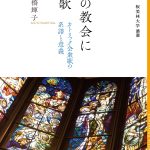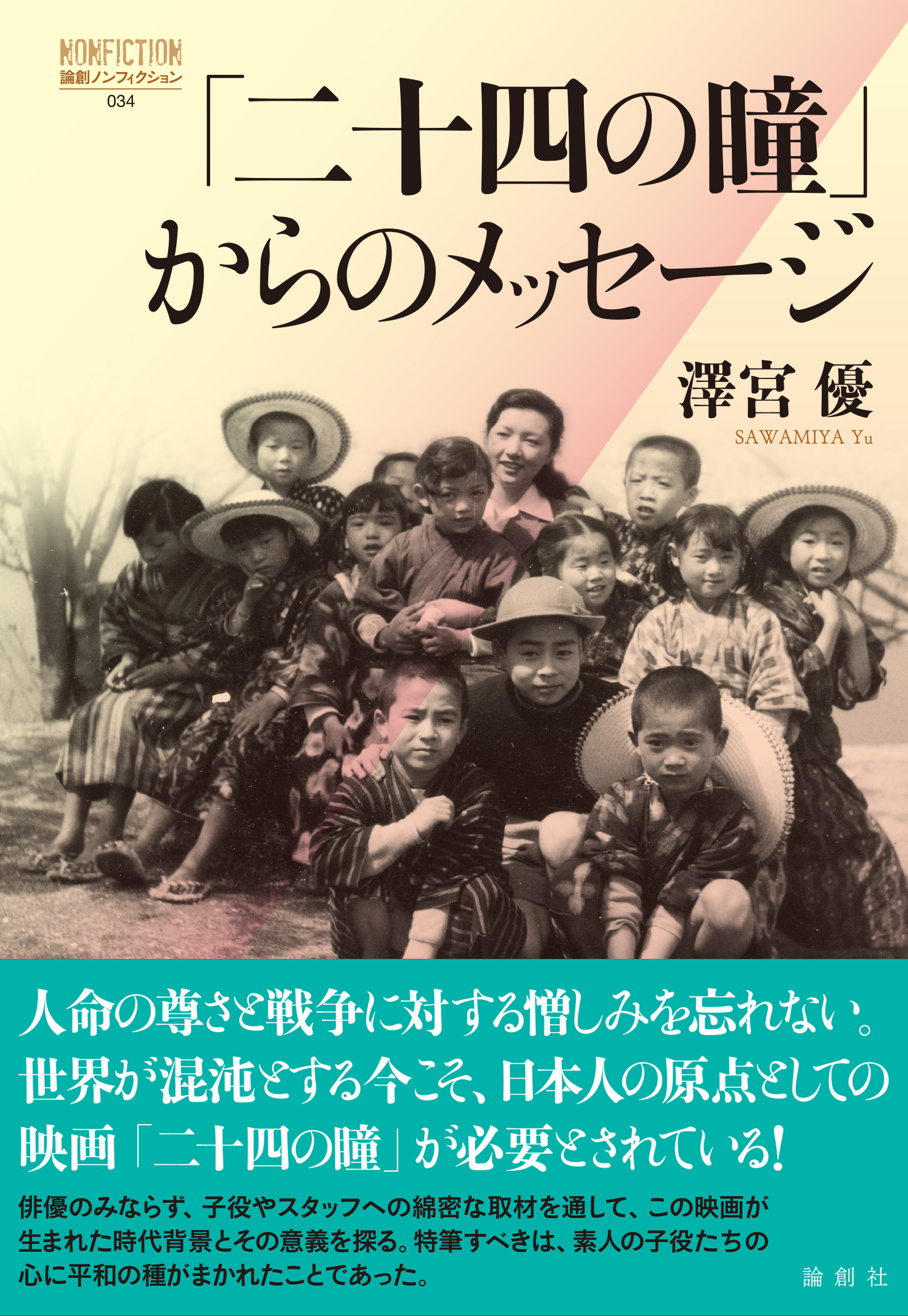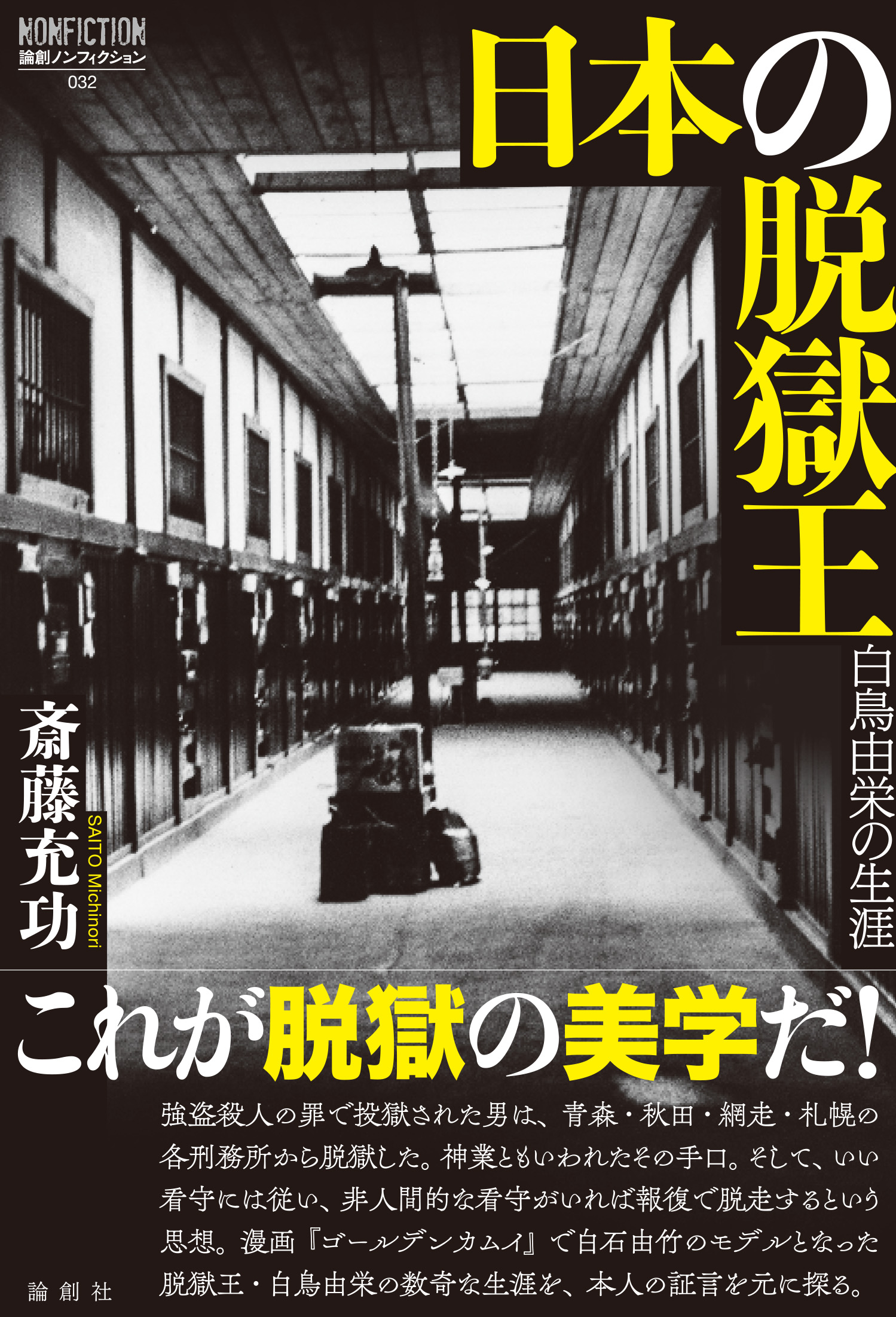- 2020-4-1
- お知らせ, The Nichiren Buddhism【ミステリーな日蓮 英訳版】
Politics and Doctrine of Nichiren Buddhism #001
Hiroto Ema
Introduction
Basically, the studies of Nichiren Buddhism in the Kamakura era can be classified into two categories. One is the studies of his religion and idea, which mainly focus on his dogma and doctrine. The other is the historical and political studies of him which focus on the political movement and action of his sect.
Nichiren presented “On Establishing the Correct Teaching for the peace of the Land” to the shogunate to remonstrate the regent politics of those days. On the other hand, he was politically oppressed by the shogunate, as symbolized by the fact that he was transported twice. Thus, to study Nichiren Buddhism, it is essential to look at him in relation with the politics of the shogunate. In this regard, “Nichiren to sono montei” (Kōbundō, 1965) by Yutaka Takagi, which discusses the relationship between the shogunate and Nichiren and his sect, from the viewpoint of personal relationships and religious consciousness of him and his disciples, is a precious literature, and I would recommend referring to it about former studies of Nichiren.
Afterwards, such works as “Nichiren”(Yoshikawa Kōbun-kan, 2001) by Akira Nakao, “Nichiren”(Minerva Syobō, 2003) by Hiroo Satō, and “Series Nichiren”(Syunjyu Sya, 2014, 15) written and edited by Kuniaki Komatu et al. have been published as a result of the recent studies of Nichiren Buddhism, though they don’t focus on the political movement of him and his sect. And, as the discussions on the political history, there are such works as “Shin Tyusei Ōken Ron”(Shin Jinbutsu Ōrai Sya, 2004) by Kazuto Hongō and “Hōjō shi to Kamakura Bakufu” (Kōdansya Sensyo Metier, 2011) by Shigeo Hosokawa. But they don’t follow the action of Nichiren.
Therefore, we will discuss here the move of Nichiren and his sect from the viewpoint of his politics and doctrine. In other words, we will analyze the political position of the sect and the political meanings the doctrine of Nichiren Buddhism had, then look at the relationship between the sect and the regent politics. By holding these two viewpoints, I hope to examine the relationship between Nichiren and the policies of the shogunate more thoroughly, and present a new image of him.
April 1st 2020
Please let us know your feedback via e-mail.
(Next section will be released on May 1st)
ミステリーな日蓮 〈番外編〉「日 蓮 と 政 治」 #001
江間浩人
はじめに
鎌倉期の日蓮研究には、大別して二つの視点が想定される。一つは、主に教義・教理を中心にした宗教学ないし思想史的な視点、あと一つは門弟を含め、教団の運動や政治動態に焦点を当てた歴史学もしくは政治史的なそれである。
日蓮は、「立正安国論」を上申して時の執権政治を諫め、一方、幕府からは二度の流罪に象徴されるような政治的圧迫を受けているのであり、日蓮研究にとって、幕政との関係の考察は必要である。その意味で、日蓮と門弟の人的ネットワークとその宗教意識から、日蓮と教団を幕政との関連を含めて論じた高木豊氏の『日蓮とその門弟』(弘文堂、1965)は貴重である。それ以前の研究史は同書を参照されたい。
その後、近年における日蓮研究の成果として、中尾堯氏の『日蓮』(吉川弘文館、2001)、佐藤弘夫氏の『日蓮』(ミネルヴァ書房、2003)、小松邦彰氏らの編著による『シリーズ日蓮』(春秋社、2014・15)などがあるが、日蓮と教団の政治動態そのものを考察しようとしたものではない。また、政治史の論考で比較的新しいものに本郷和人氏の『新・中世王権論』(新人物往来社、2004)、細川重男氏の『北条氏と鎌倉幕府』(講談社選書メチエ、2011)などがある。しかし、これも日蓮の動きを追ったものではない。
そこで本論では、政治と教義の二つの視点を踏まえ、日蓮と教団の動向を見てみる。当時の政治状況を勘案しつつ門下の政治的立場、日蓮の教説がもつ政治的な意味を分析し、教団と執権政治の関わりについて考察する。二つの視点を持つことで、日蓮と幕政との関わりをより重層的に俯瞰し、新たな日蓮像を提示したい。
2020.4.1
—ご感想はお問い合わせメールまで(次回は5/1予定)—






















